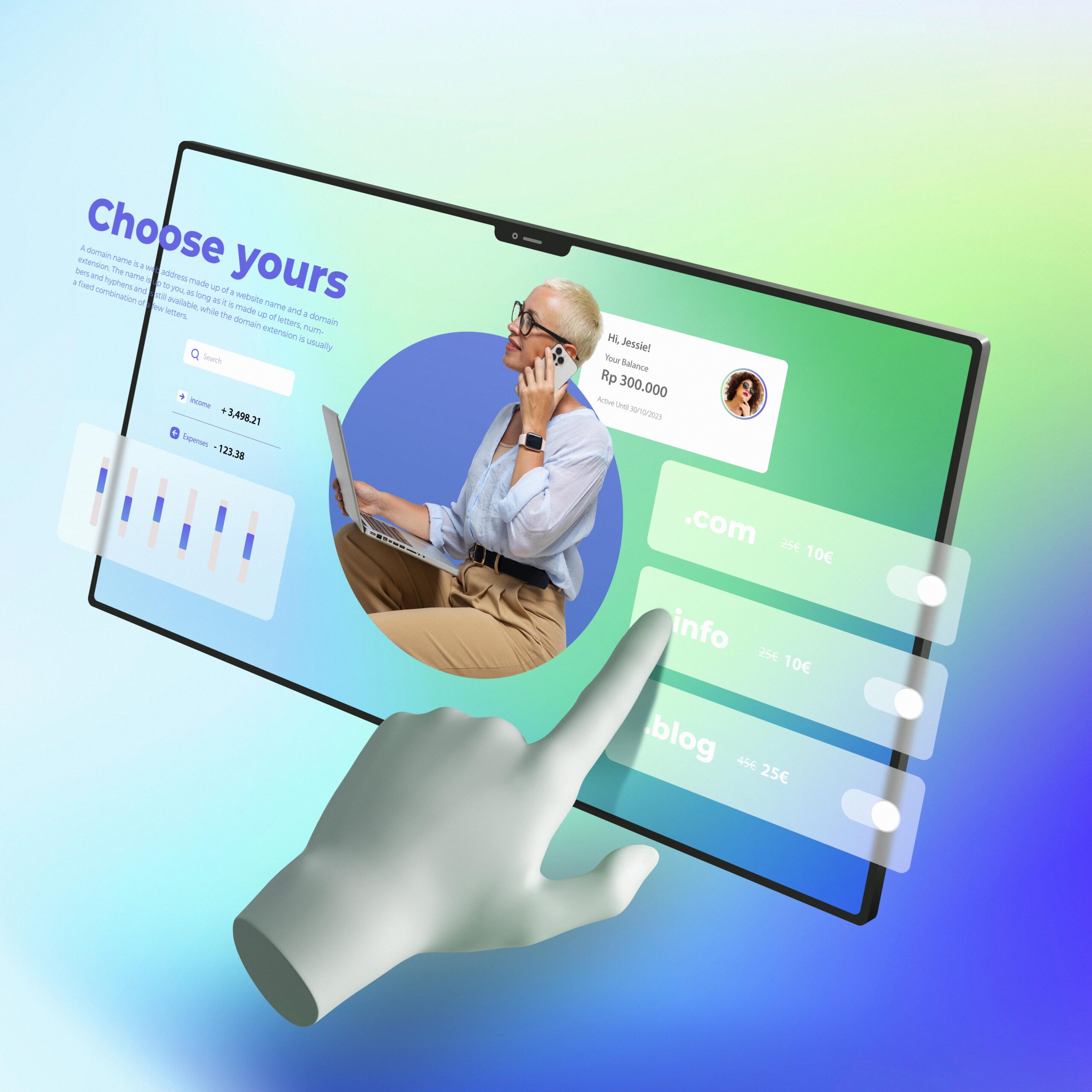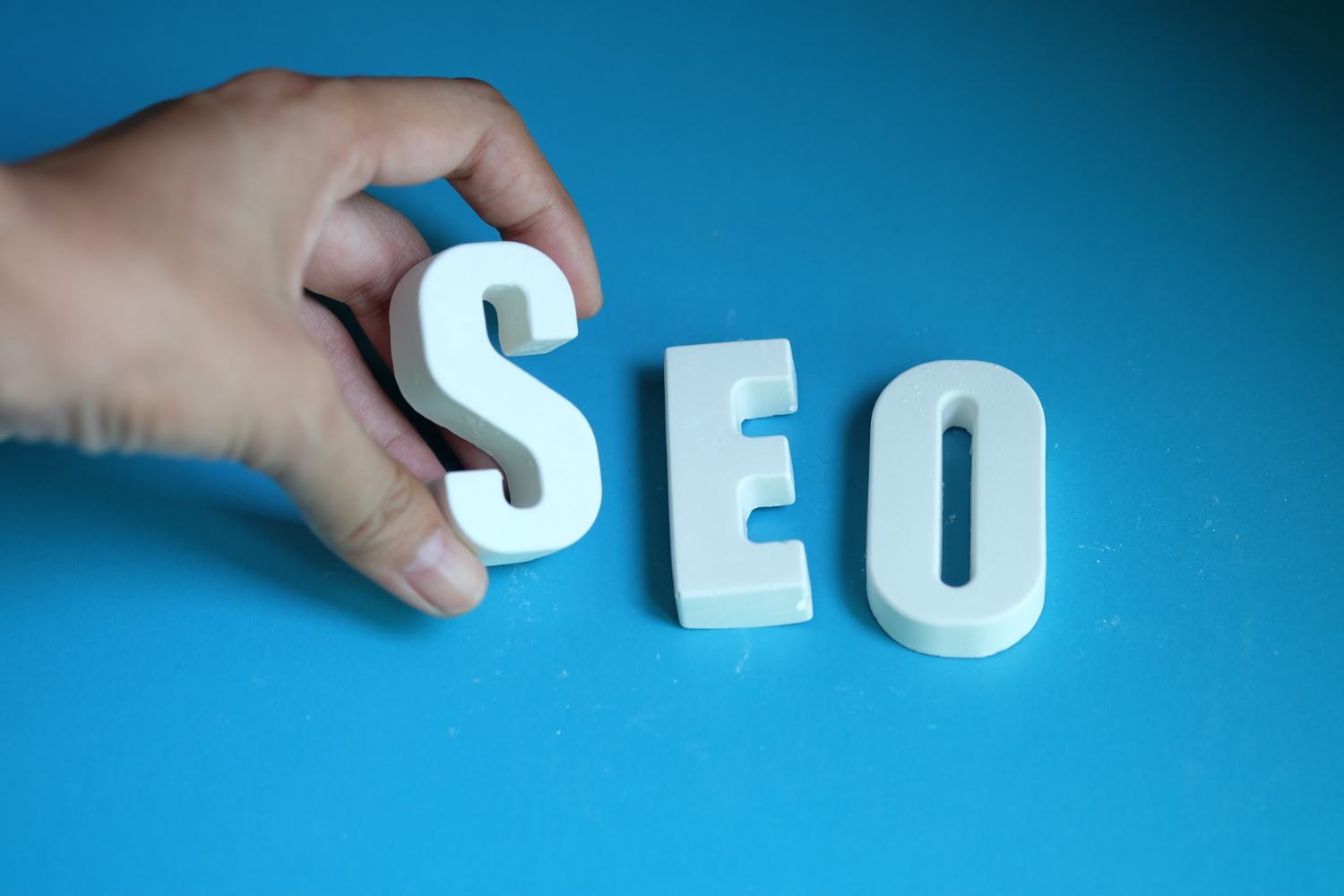
The Purpose of the Location Page
Location pages come in four basic types for retailers.
-
- Location Detail Page
This usually denotes a business’s actual location.
-
- Location Service/Department Page
This often denotes a certain department or service category that is offered at the actual site.
-
- City Page
This often reflects the city where multiple sites are physically located.
-
- State Page
This usually refers to the state in which different geographical locations are situated. You could also want to take County Pages into consideration, depending on your industry.
The digital marketing company you choose for search engine optimization and social media marketing including social media branding is focused on ranking with search terms. Nowadays, digital marketing services are offering the optimization of your brand name in the internet world. The local landing pages are no exception here.
How Important are Location Pages for SEO?
Location pages can be quite vital for brands’ SEO. These pages are designed for the following two categories of searches:
-
- Brand Queries
These are the most crucial searches to appear on Google. Google normally wants to display a location page for that brand when a searcher types in [Starbucks], [Starbucks near me], or [Starbucks Pleasanton]. Google will display your homepage, a nearby City Page, or possibly a page for a third-party website like a local business directory that uses your brand name and the location for SEO purposes if you don’t have a page specifically for the place. There are also several searches, such as “Starbucks hours,” “Starbucks address,” etc. Social media marketing companies and other online marketing companies are directing many brands with SEO.
-
- Non-Brand Local Queries
These are the financial questions where you can draw potential clients who may not have known about you or considered you for the particular query. Businesses with just one location can frequently rank for these queries using their homepage alone, which essentially serves as a location page. But for multi-location companies to rank for these high-value queries in the organic results, often a page for that particular location is needed.
-
- Links
Location pages are often the best place to find links to external websites other than the homepage. These are linked to many local business directories, and over time, they frequently pick up backlinks from regional media websites and other sources. The link magic can then be distributed throughout the website.
How do Local Pack Rankings Affect Location Pages?
A crucial ranking element for Local Packs is linking your Google Business Profile (GBP) to a location page for the area in which you are attempting to rank.
What Constitutes a Well-Optimized Location Page’s Basic Components?
-
- Name, Address, and Phone Number (NAP)
Business name, address, phone number, and hours for your location. Verify that the name and all other information you use on this page correspond to the data on your company’s GBP.
-
- Organize Your Data
Mark up every NAP component in the LocalBusiness schema. There are many different business category schemas, so if one of them is more suitable for your company, you should use it. You should become familiar with the organization schema if your brand has many connected brands in order to aid our robot overlords in appropriately classifying your brand. Remember to provide breadcrumbs connecting to parent city or state URLs designated with the Breadcrumb schema as well.
-
- Use Specific Metadata
The business name and location should preferably be targeted in the page’s title tag and H1 (for example, “Starbucks Pleasanton, CA”). It is possible to experiment with including more targeting to see how it affects performance (for example, “Starbucks Coffee in Pleasanton, CA,” “Starbucks Coffee Near Pleasanton, CA”).
Engagement Intangibles
Among the many hazy SEO elements, “engagement” is one of the more hazy. In order to make a location page useful, consider what else a potential consumer would need. Calls-to-action (CTA), such as the ability to book appointments online, place orders online, etc., probably gives Google good information about the value of the location page.
Advanced Location Page SEO
-
- Optimized Copy
It’s good to start with a straightforward copy block that replaces the location name and city with information about the services your company offers. You can always go back and upgrade the copy later, and it is reasonably simple and inexpensive.
Before investing more time or money in it, try that first and see what happens. However, we frequently note that material that is more specifically targeted outperforms copy that is used consistently across all pages. When we modified the wording on the location pages to be distinctive, a client site that had been stagnating in rankings for six months started to go up.
Try to test this on a modest scale before you make a larger commitment, as with everything in SEO. A few companies could also find it advantageous to add “Points of Interest” (POIs) in their copy. For instance, when looking for hotels, many individuals use modifiers like “near the airport.” It’s a part of SEO by the internet marketing company, social media management, digital marketing company, etc.
By using such words and POIs on your location pages, you can increase both the relevance of your page for these queries as well as the relevance of the “entity” of your target city. Mentioning the areas you serve is another great idea.
-
- Link to Local Places
Businesses with many locations should link to those that are close by (the distance depends on what you believe is beneficial for customers). In addition to the comfort of the customer, there are two strong reasons to do this: first, linking to them from these pages gives Googlebot more reasons to crawl them because the more places you have, the harder it is for Googlebot to discover them. The second one is that it might be more important for Google if the location page’s copy added the other location names.
-
- Use Videos and Images with Topical Relevance
These demeaning location pages frequently launch with just content because they don’t deserve any respect, to begin with. If you work in remodeling, you might include some images of recent jobs. A decent rule of thumb is to check the top-ranking pages in the Local Pack for your query and ensure your location page has photos and/or videos that are at least as excellent as those on the top-ranking pages, if not better. In order to make sure Google can understand what your image is about, use the Google Vision API.
-
- Link to Category Pages for Products/Services
One of our main conclusions was that websites that linked from location pages to category pages typically performed better than those that didn’t. This simple and direct strategy can make a huge difference. Select the categories you wish to link to most frequently, and then do so.
-
- Add Local Reviews
Performance can frequently be improved by adding a feed of user evaluations to these pages, especially if the reviews come from the page’s intended audience. Be sure to familiarize yourself with Google’s guidelines for marking up “self-serving” reviews before putting them into practice.
-
- The Kitchen Sink
Additional elements that might be suitable for your location pages and boost engagement include:
-
-
- Philanthropy and community connections
- Local sponsorships
- Hiring and career info
- Pricing info (marked up with a price schema)
- Business license/insurance info
- Social proof and trust signals
- Boost Conversions by Using Google Merchant Center Data
-
If you are using product listing advertising (PLAs), Google Merchant Center contains a wealth of information that might help you boost conversions on your location pages. The TL;DR is to check your Google Merchant Center (GMC) to see which goods have the best impressions and click-through rates (CTR) when they are linked to your GBP in the SERPs. The “Local Surfaces” report has details about this. These goods ought to be highlighted on the location-specific page. You can see through Google that there is already interest in them.
What Must we Abstain from When Using Location Pages?
-
- Pages of Unnecessary Locations and Services
Many brands have launched service or department pages that are connected from the location detail page. Because 90% of the organic traffic to tens of thousands of location + service pages is brand traffic, we have found that they are probably cannibalizing queries that you were previously receiving after examining the organic traffic statistics to those pages. Although not always the case, it might be worthwhile to use these if your only aim is to boost conversions.
However, you should be aware that they might not result in a net increase in organic traffic, and they might even have a negative impact on SEO services because they add to the amount of “thin” URLs on the website. Our general rule is that it may be worthwhile to create a local page for SEO purposes if a department or service can get a GBP. Please note that this is not always the case.
-
- Pages with No Location Information
The pages had the same appearance as regular location pages, but they linked to neighboring locations rather than offering NAP information for a pertinent location. If you want to rank outside of the vicinity of your physical location, the technique is crucial.
However, it appears that Google doesn’t want to display these no-location pages for queries that suggest a searcher is looking for a certain area. Making local pages for each brand you carry, doesn’t make matters worse.
-
- Beware of Pages with Thin Content
Making a ton of location pages for the locations they serve is a frequent strategy for service area companies or SABs. They might even design extremely unique stuff for them. The problem is that these plays are starting to get manual actions for flimsy content. This does not appear to be applied consistently by Google. In order to improve your page, take into account what kind of content performs well for a certain query type.
-
- Create Pages Only When There is a Distinct Local Intent
For each practice area, we should assess how much “local intent” appears in the search results. The percentage of a SERP that has “local” content can be used to gauge the “local intent” of a search. For a query with comparatively little local purpose, you don’t need a location page.
Redirecting the pages to a single “national” service page would be better for SEO. Therefore, check for local intent first before spending a lot of money creating location pages. You might end up saving a ton of time and money. The seemingly direct pages offer practically limitless SEO opportunities. Your business can experience the best results of SEO with digital marketing services.













